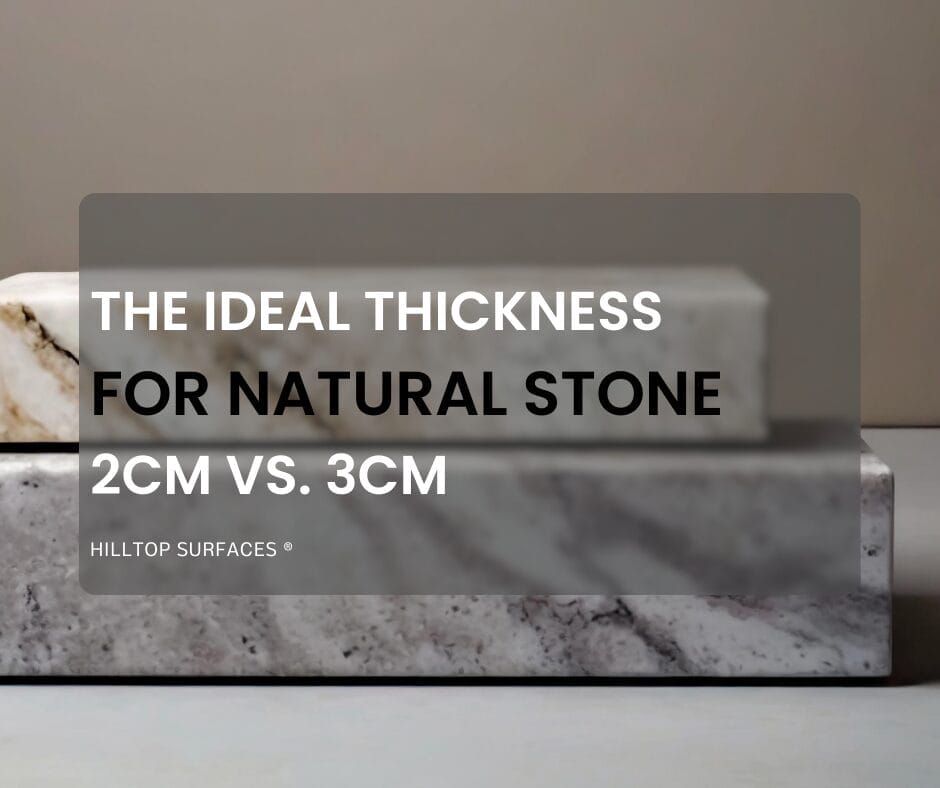What is Granite? Exploring Black Granites and Countertops
Definition of Granite
Granite is one of many types of igneous rocks, which are the product of the solidification of magma deep within the Earth’s crust. It combines minerals like quartz, mica and mostly feldspar, a group of rock-forming minerals which can be pink, white or any shade of grey. Additionally, thanks to the variations of molten rock, we can choose from igneous rocks that are pale grey, creamy tan, warm bronze, dark green, or stark black. All Granites have an interlocking texture – the crystal shapes fit tightly together like puzzle pieces.
Origins and Formation
Unlike lava that erupts from a volcano, magma does not break the Earth’s surface. This is where granite starts to form, underground slowly cooling down, changing from a thick liquid to a solid mass of crystals. Depending on the depth and size of the magma chamber, this process can take thousands to millions of years.
The edges of a magma chamber can capture rocks from the walls of the chamber, introducing xenoliths (meaning “foreign rocks”) into the mix. Occasionally pockets of magma will shoot off into the chamber walls, creating dramatic veins of color. Some of the golden-hued granites are colored by groundwater that oxidizes the iron-rich minerals in the stone. All of these processes help explain why a single quarry can produce several variations of the same stone.
Uses of granite
Granite is widely used in both interior and exterior applications. Its durability and natural beauty make it a popular choice in many industries, from construction to art and design. Thanks to its properties such as heat resistance, hardness and strength, it can be used on Countertops, flooring, building facades, monuments, landscaping and sculptures.

Granite Countertops
A trouble-free and easygoing choice, granite has enough variations in color and pattern to compliment almost any aesthetic. However, as with most stones, there are a few caveats to consider when using this durable stone.
Some light-colored Granites can be porous, which means they can stain. A basic test for porosity is to put a splash of water on the stone. If the water beads up and remains in a bead, the stone does not need sealing. If the water eventually soaks in and leaves a darker area, the stone needs to be sealed.
Black Granites have the opposite problem. They are so dense that sealers can create a cloudy finish. Moreover, some dark granites can become spotted by the minerals in tap water. As with any purchase of any natural stone, learn as much as you can about the stones you’re considering. Ask for samples to bring home and test for staining and overall durability. Work with reputable fabricators that have experience with the particular stone you’re planning on using.












